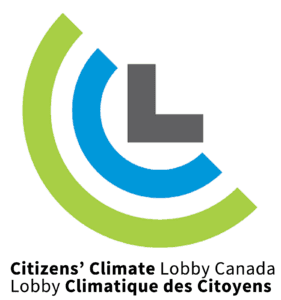Yes, they are.(1) Using the “full fuel cycle” analysis, which includes all emissions from extracting the fuel out of the ground, to refining it and burning it in your automobile, tar sands produce 15%-20% more greenhouse gas emissions than regular oil. The State Department’s analysis of the Keystone XL did not consider a full fuel cycle analysis, which makes their analysis less than useful for understanding the true climate impacts and is a big part of why the verdict was more favourable towards the pipeline. The reason that the tar sands have these higher emissions is because they contain bitumen, a heavier hydrocarbon than conventional oil. It has a similar consistency to tar and doesn’t flow very well. Its properties make it harder to clean up than conventional oil; witness the spill into the Kalamazoo river that occurred in July 2010 which still isn’t cleaned up.(2, 3) While you can put conventional oil directly into a pipeline, bitumen from the tar sands must be pre-processed, or “upgraded” by diluting it with a light hydrocarbon like a natural gas liquid so it will flow through the pipeline. Because it either requires an upgrading step on-site before it’s shipped or more intensive refining to produce the same gasoline or diesel, the energy intensity and emissions of tar sands fuel tend to be higher, on average, than conventional crude oil. In addition, more CO2 is released from bitumen per megajoule of energy produced because they are heavier hydrocarbons. For example, fuels produced from a typical oil field such as the North Sea of Europe will range somewhere in the high 80s to mid 90s [CO2/MJ]. The tar sands are going to be typically somewhere in the range of 105 to 115. 15-20% may not sound like a lot, but, for instance, if you are in California and you need a 10% reduction over the next 10 years in fuel carbon intensity, a 20% increase makes a big difference. 1) Lisa Song. “Exclusive Interview: Why Tar Sands Oil Is More Polluting and Why It Matters” May 22, 2012. InsideClimate News. Last accessed: 5-16-13. URL: http://insideclimatenews.org/news/20120522/adam-brandt-tar-oil-sands-canada-europe-low-carbon-fuel-directive-greenhouse-gases 2) Gayathri Vaidyanathan. “EPA tells Enbridge to do more cleanup in Kalamazoo River“. March 15, 2013. Dirty Oil Sands. Last accessed: 5-24-13. URL: http://tarsandssolutions.org/in-the-media/epa-tells-enbridge-to-do-more-cleanup-in-kalamazoo-river 3) Elizabeth Shogren. “When This Oil Spills, It’s ‘A Whole New Monster’”. August 16, 2012. National Public Radio. Last accessed: 5-24-13. http://www.npr.org/2012/08/16/158025375/when-this-oil-spills-its-a-whole-new-monster
LASER TALK: Are Tarsands Dirtier Than Regular Oil?
Home » Laser Talks » LASER TALK: Are Tarsands Dirtier Than Regular Oil?







